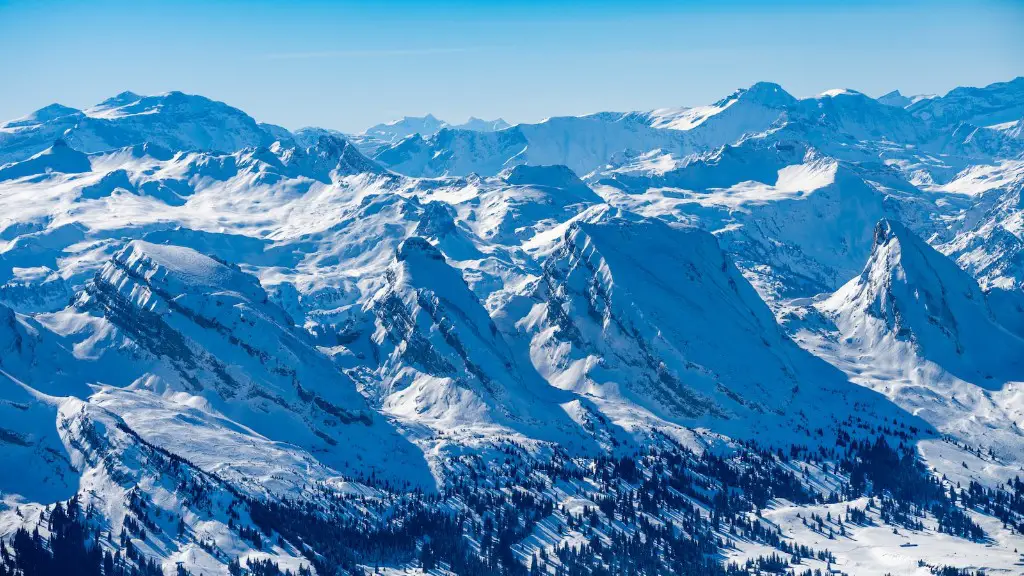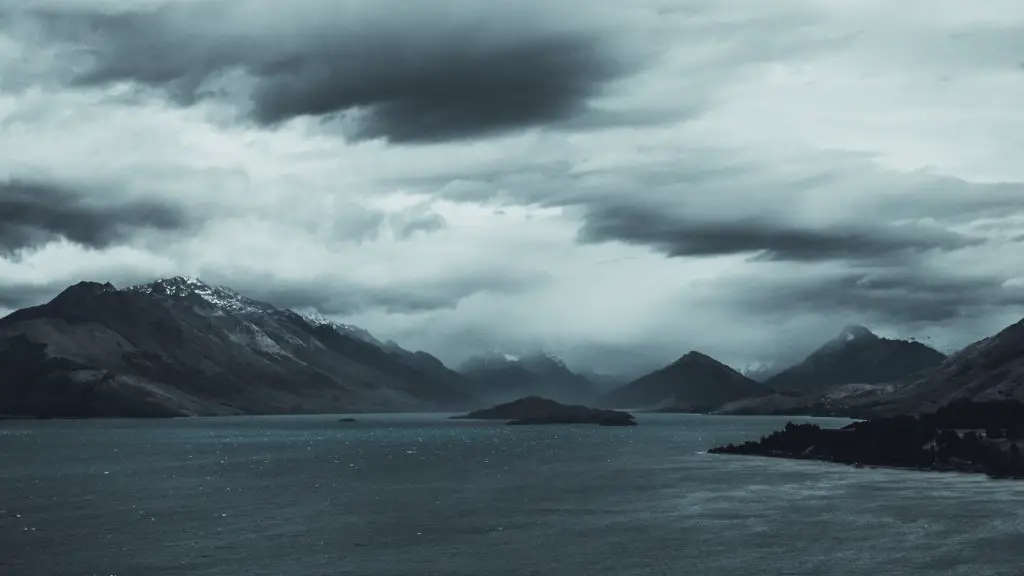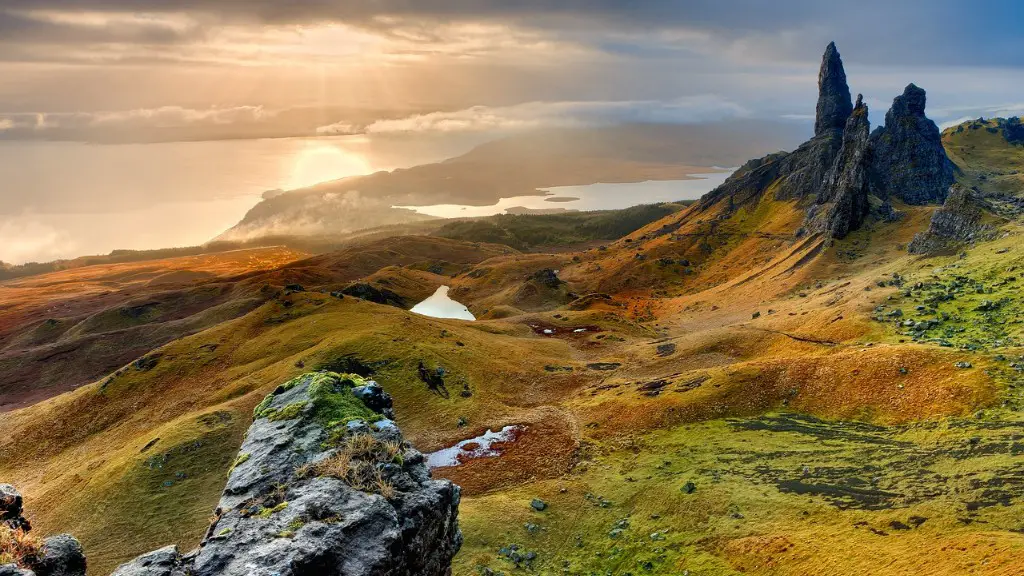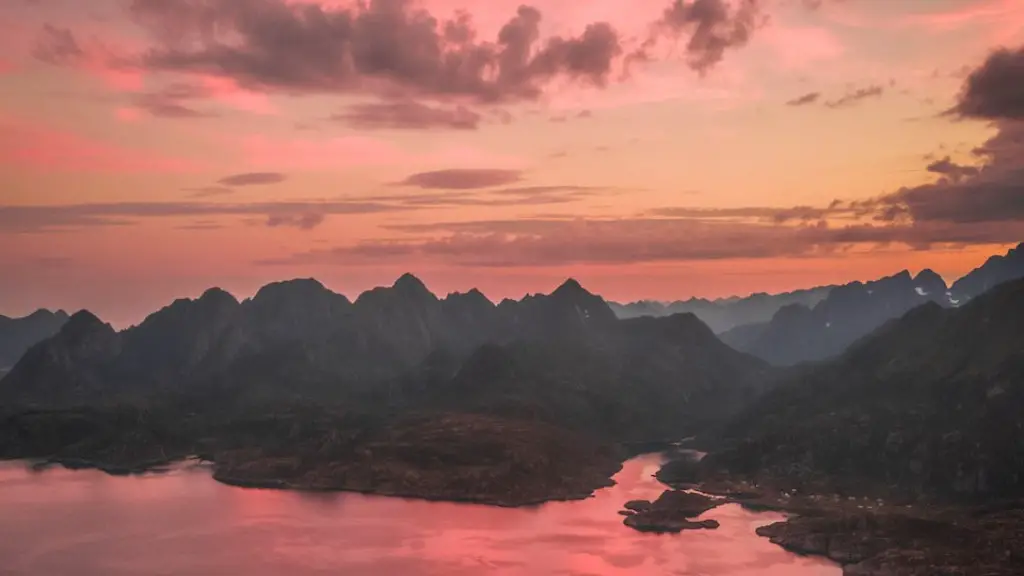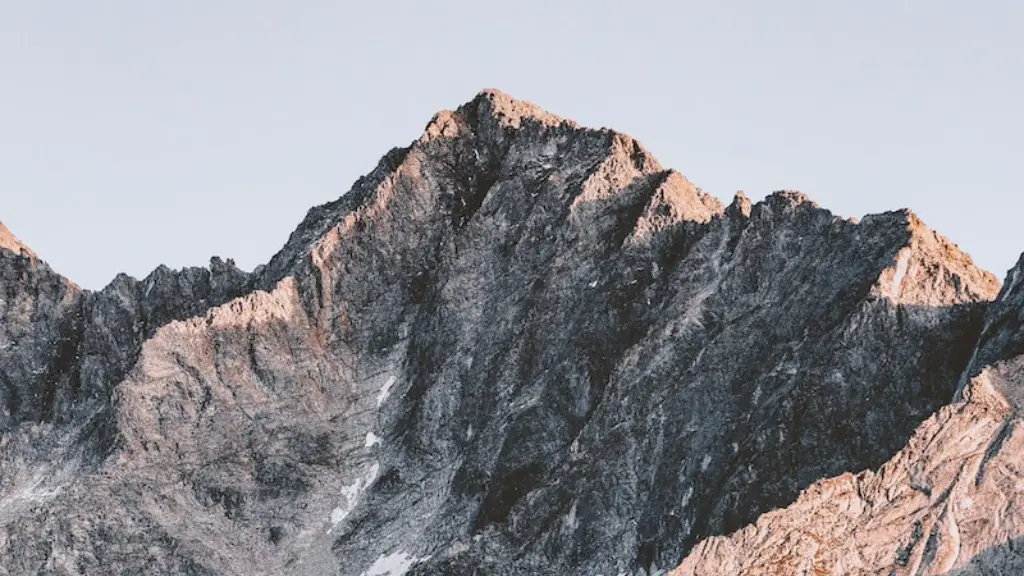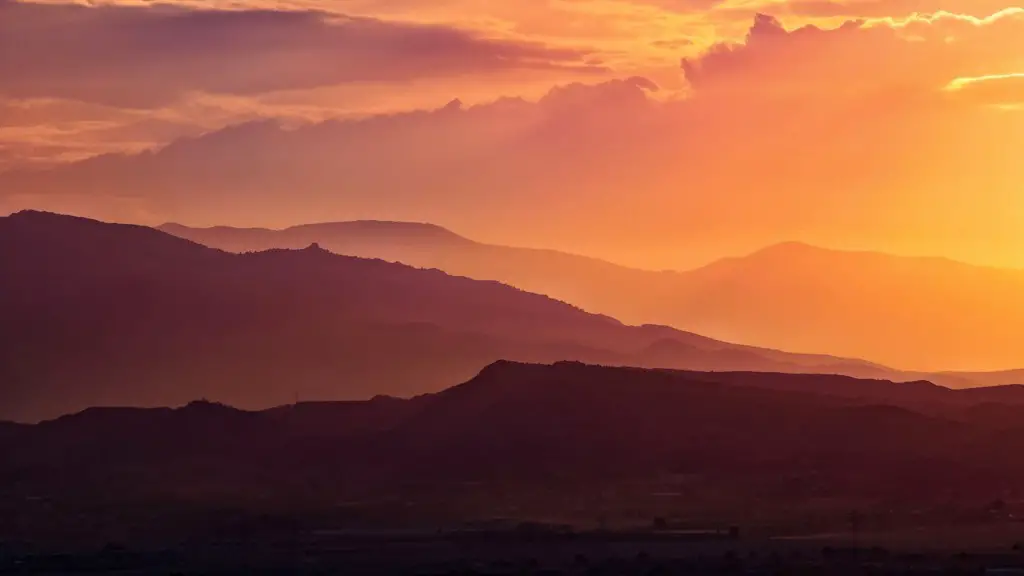Mount Kilimanjaro is the tallest mountain in Africa and is one of the Seven Summits. It is located in Tanzania, about 300 kilometers (190 mi) south of the equator. The mountain is part of the Kilimanjaro National Park and is a major climbing destination. The mountain has five main routes to the summit: Marangu, Rongai, Shira, Umbwe, and the Machame route.
There are a few different ways to get to Mount Kilimanjaro. One way is to fly into the Kilimanjaro International Airport, which is located about 50 kilometers from the mountain. From there, you can either take a bus or drive to the mountain. Another way to get to Mount Kilimanjaro is to fly into the Dar es Salaam International Airport, which is located about 400 kilometers from the mountain. From there, you can take a bus or drive to the mountain.
How much does it cost to do Kilimanjaro?
The average cost to climb Kilimanjaro is $2000 to $6000. The price varies depending on the tour operator, with budget operators being the cheapest and large Western travel agents being the most expensive. There are various, unavoidable fixed costs to any tour operator, so if a climb seems too cheap, you should ask yourself why.
Kilimanjaro Airport is the best way to reach Mount Kilimanjaro National Park. The airport is situated south-west of the park, and is located roughly equal distance between Arusha and Moshi. This makes it a convenient option for those looking to climb the mountain.
Can a beginner climb Kilimanjaro
Yes, beginners can climb Kilimanjaro, but to have the best experience, they should be aware of the conditions, seasonal climates, costs, and requirements.
If you’re considering climbing Mount Kilimanjaro, be aware that it is a fair difficult mountain to climb. With more than 50% of the climbers suffering from mountain sickness, Kilimanjaro is an extreme altitude mountain trek. Measuring 19,341 feet, or 5,895 meters, you will need to prepare well and train before attempting to climb Kili.
Do you need oxygen to climb Kilimanjaro?
Kilimanjaro’s altitude is definitely a challenge, but climbers don’t need supplemental oxygen to reach the summit. The key is to use the acclimatization method of slowly walking “pole pole” and then sleeping at a lower altitude to adjust to the change in elevation. By doing this, climbers should be able to successfully reach the summit without any issues.
Mount Kilimanjaro is definitely worth it for the experience! Even though the success rate for reaching the summit is only around 66%, it’s still an amazing accomplishment. And, contrary to what we might think, the people who have the highest success rate are not necessarily the ones who we would expect. For example, young males between the ages of 20 and 30 actually have a surprisingly high failure rate. So, even though it may be challenging, Mount Kilimanjaro is definitely worth it for the experience!
Is Everest or Kilimanjaro harder?
There is no doubt that climbing Mt. Kilimanjaro is a daunting task. It is the tallest mountain in Africa and one of the Seven Summits. But, most people feel that the Everest Base Camp trek is actually harder than Kilimanjaro.
The main reason for this is summit night. When climbing Kilimanjaro, you spend the night at the summit. This is a big challenge, both mentally and physically. You are dealing with altitude, cold temperatures, and fatigue.
Everest Base Camp, on the other hand, has a more gradual ascent. You are able to acclimatize to the altitude better and there is less of a physical challenge. However, the mental challenge can be just as tough. You are in a remote location, dealing with difficult terrain, and potentially bad weather.
In the end, it is up to the individual to decide which trek is harder. But, most people agree that Kilimanjaro is the more challenging of the two.
Since you’ll be hiking for a long time on summit day, it’s important to pace yourself and take breaks when you need to. It’s also important to stay hydrated and to eat regular snacks to keep your energy up.
What is the best month to hike Kilimanjaro
If you are considering climbing Kilimanjaro, we generally advise that the best time to do so is during the warmest and driest times of year. This typically means December to mid-March and mid-June to the end of October. Although these months offer the best likelihood of good weather conditions, they are also the busiest times on the mountain. If you can, aim to climb during shoulder seasons or other times that are less crowded.
The temperatures on Mount Kilimanjaro are determined more by the altitude and time of day than by the latitude. At the base of the mountain, the average temperature is around 21 to 27 °C. At the summit, Uhuru Peak, the night time temperatures can range between 20 and -20 degrees Fahrenheit (-7 to -29 degrees Celsius).
What is the temperature at the top of Kilimanjaro?
The average temperature at Uhuru Peak, the highest point on Mount Kilimanjaro, falls between 20 and -20 degrees Fahrenheit (-7 to -29 degrees Celsius). On the first day of a Kilimanjaro hike, the average temperature is usually around 70 to 80 degrees Fahrenheit (21 to 27 degrees Celsius). However, at the summit, the temperature can drop to below freezing.
Mt Kilimanjaro is one of the most popular mountains in the world, with roughly 50,000 trekkers attempting to reach the summit every year. However, according to research published by the Climb Kilimanjaro Guide, the average summit success rate across all climbers and routes is only 65%. This means that a significant number of people who attempt to climb Mt Kilimanjaro fail to reach the summit. failure to reach the summit is often due to a lack of preparation, both in terms of physical fitness and equipment. trekkers should make sure they are properly prepared before attempting to climb Mt Kilimanjaro.
Can you breathe at the top of Mount Kilimanjaro
It is most common at altitudes above 2400 metres Kilimanjaro’s peak is nearly 6000 metres above sea level. At this height, the air pressure (and the amount of oxygen it contains) is less than half that at sea level, and has been said to be comparable to ‘working with only one lung’.
Kilimanjaro is a very strenuous hike and it is recommended that you have a good level of fitness before attempting to climb it. You should start training many months in advance if you do not currently enjoy a good level of fitness. Hill-walking and aerobic exercise are excellent ways to prepare for the climb.
Can Kilimanjaro be climbed in a day?
Climbing Mount Kilimanjaro is a popular bucket-list item, but it’s important to note that it takes at least five days to summit the mountain. However, a minimum of six days, and ideally seven or eight, offers a far better chance of reaching the summit. For those with longer to spare, there are several more gradual and scenic ascent routes that can be done over 10 or more days. No matter which route you choose, make sure you are prepared for the climb mentally and physically, as it is a demanding trek.
If you’re planning on climbing Kilimanjaro, it’s best to avoid the Western Breach Route due to the risks of rock falls. While the other routes are perfectly safe, this area has seen tragic deaths in the past due to falling rocks. Play it safe and choose one of the other routes.
Final Words
If you would like to climb Mount Kilimanjaro, you will need to fly into Kilimanjaro International Airport, which is located in Tanzania. From there, you can take a bus or taxi to the town of Moshi, which is the gateway to Mount Kilimanjaro. Once you are in Moshi, you can arrange a guided tour to climb the mountain.
The best way to get to Mount Kilimanjaro is to use a professional guide service. There are many reputable companies that offer guided climbs of the mountain. Using a guide service will increase your chances of successfully reaching the summit of Mount Kilimanjaro.
